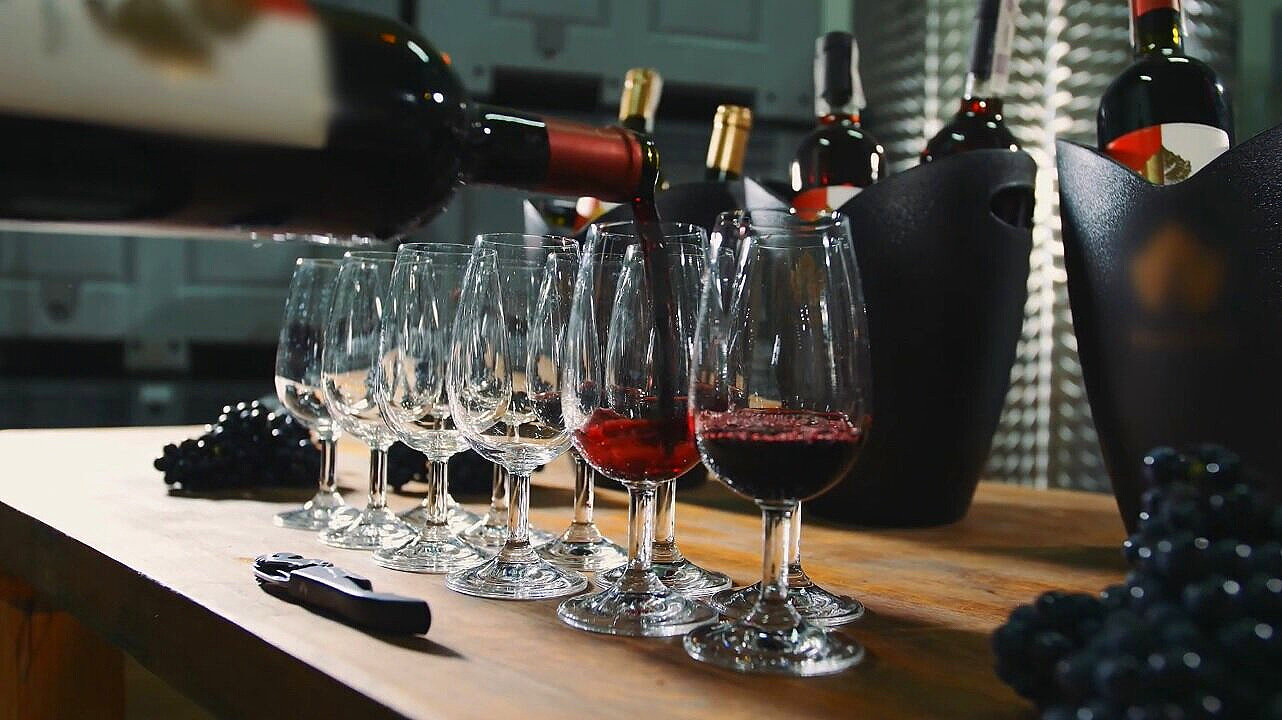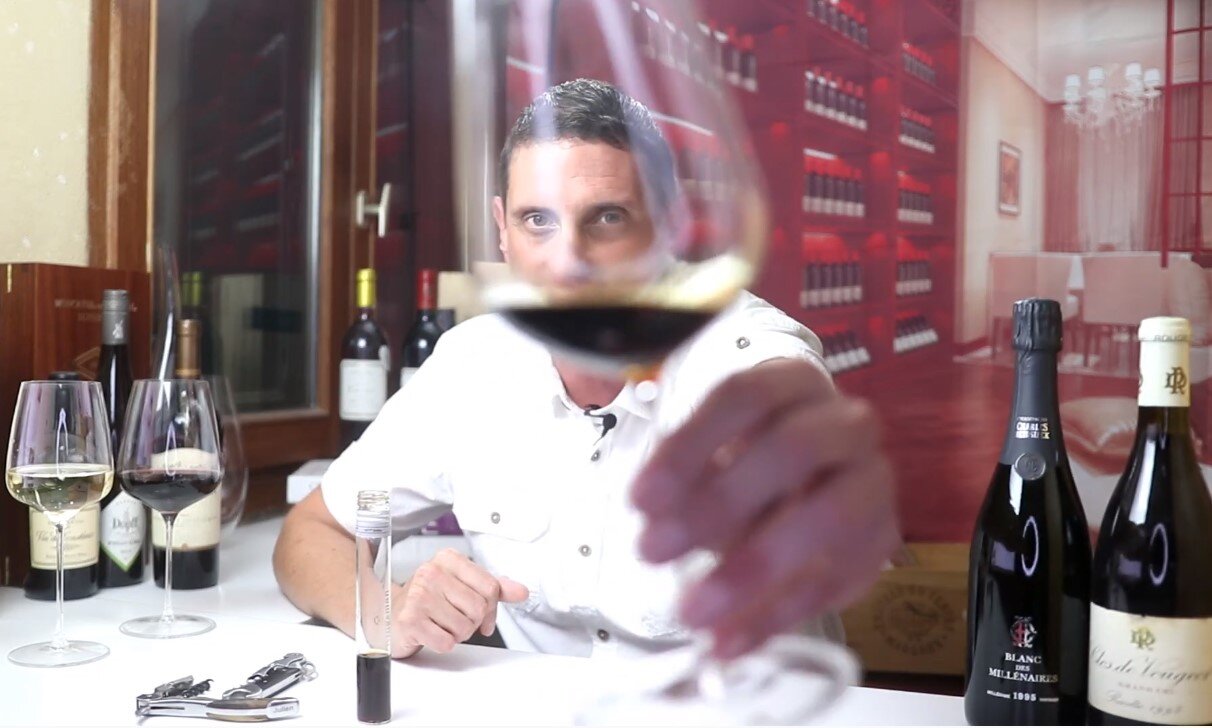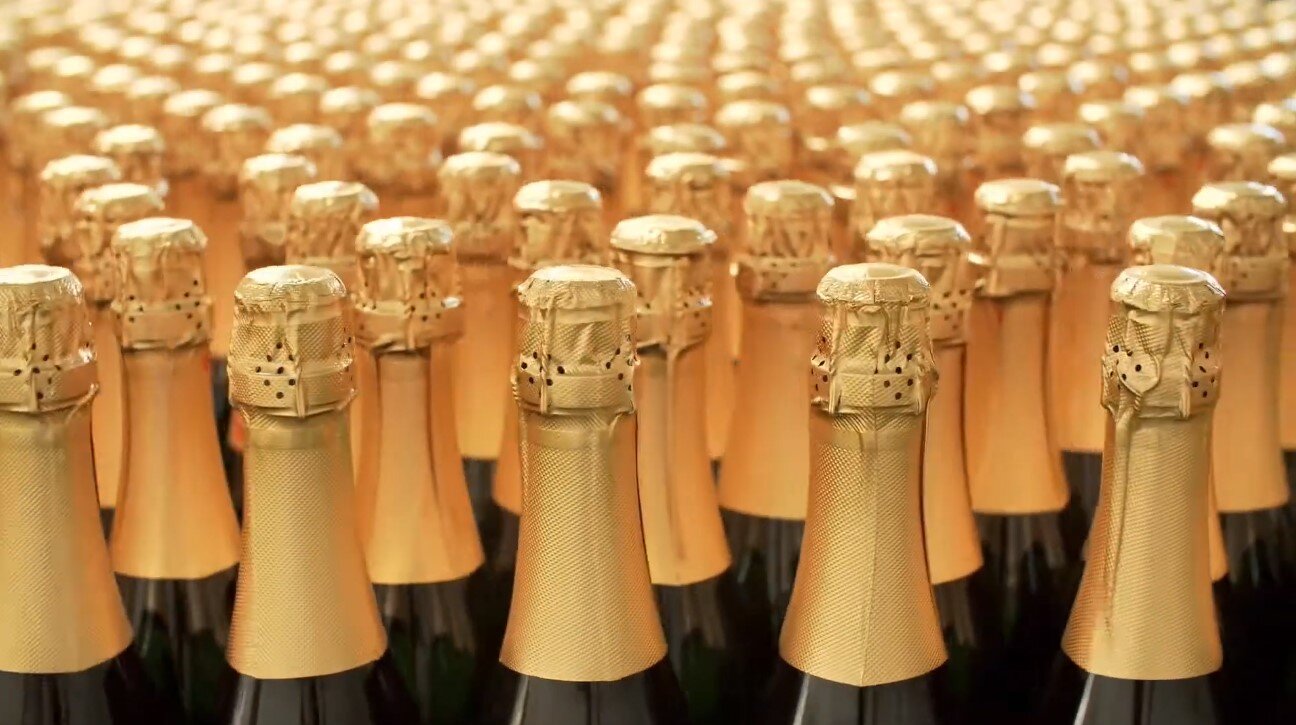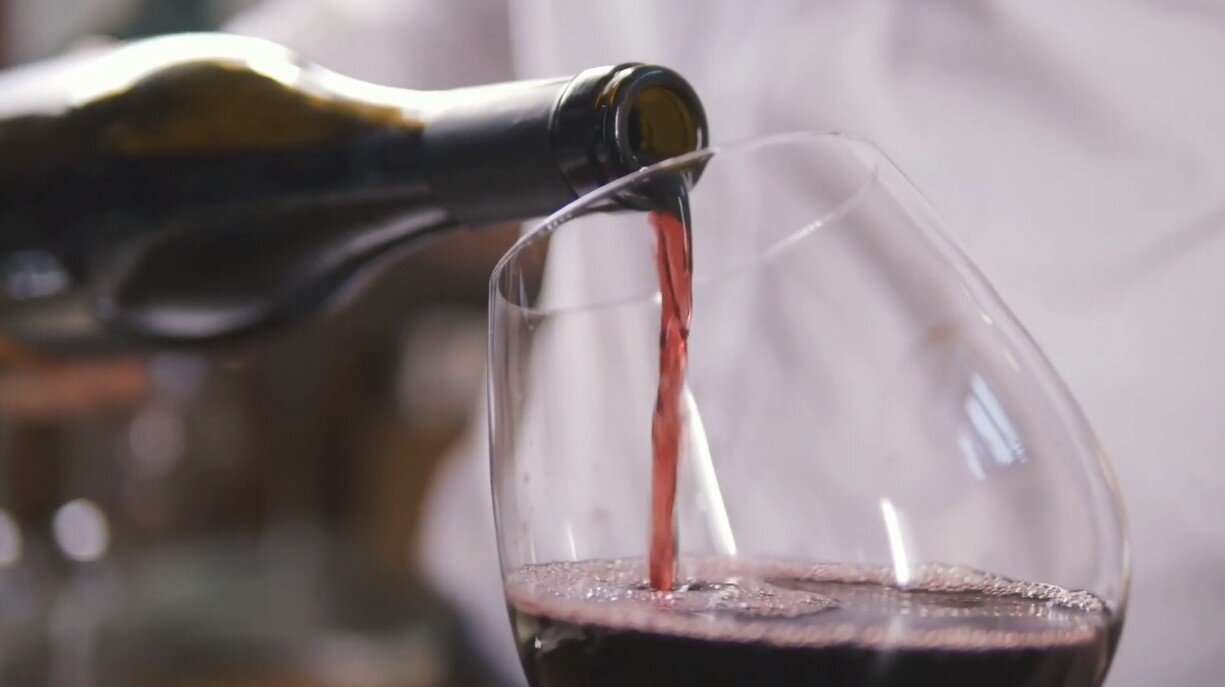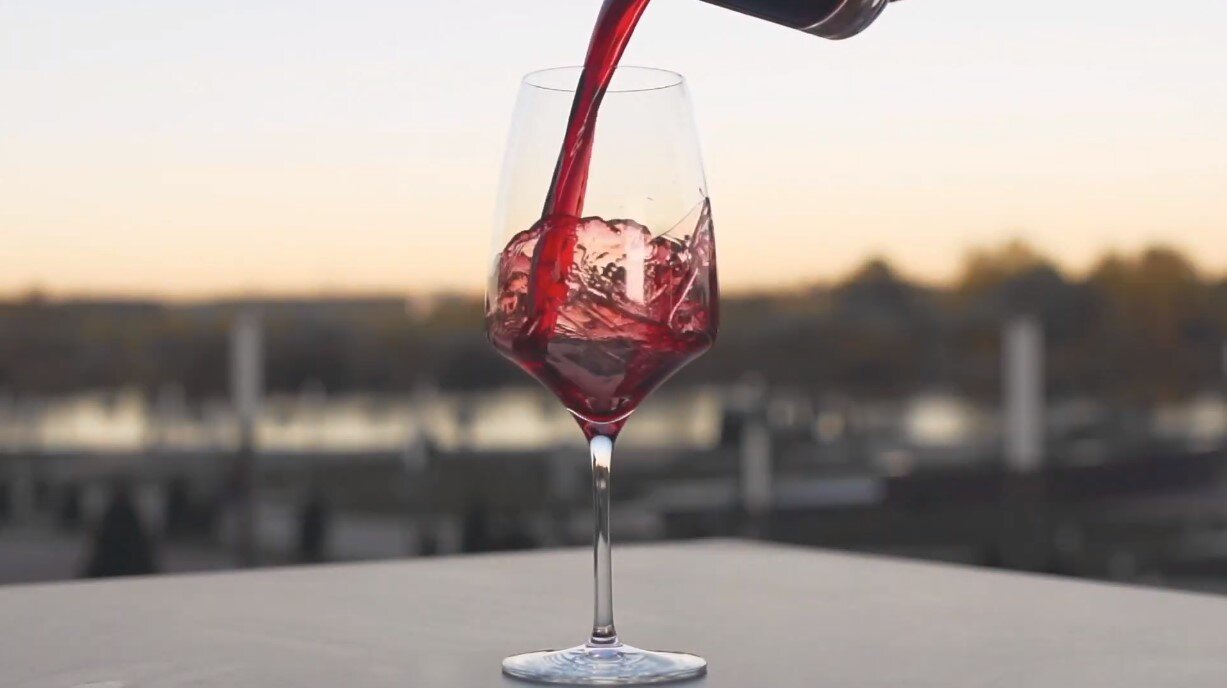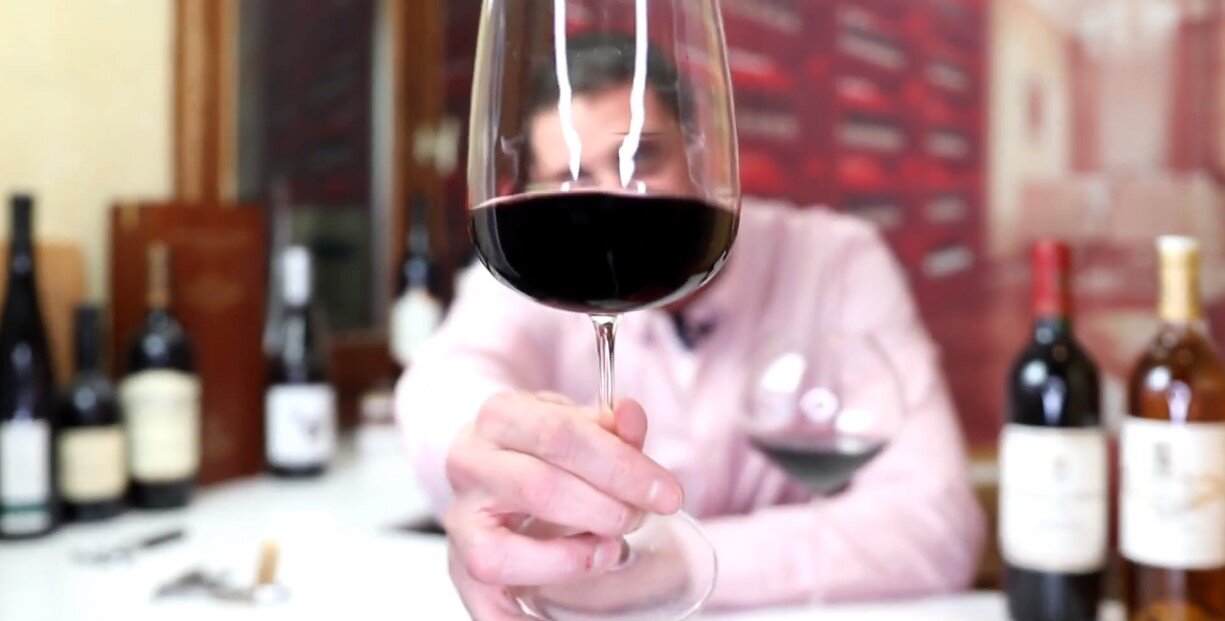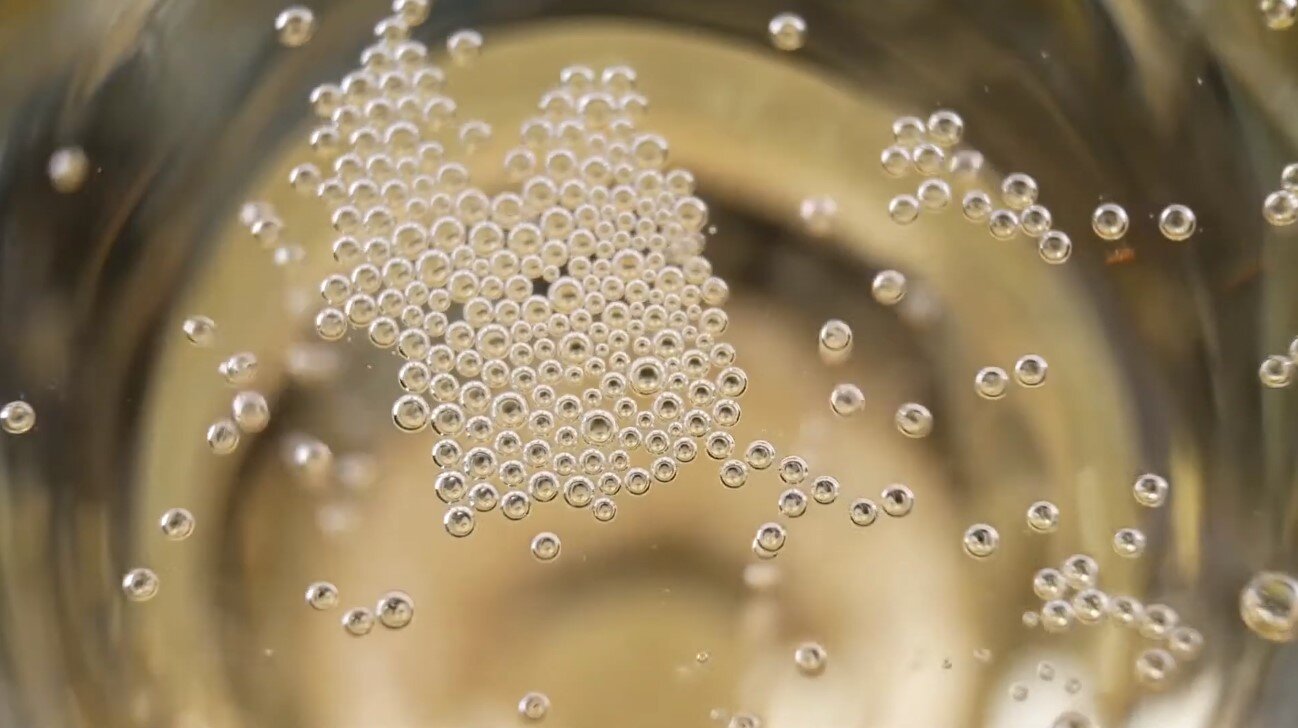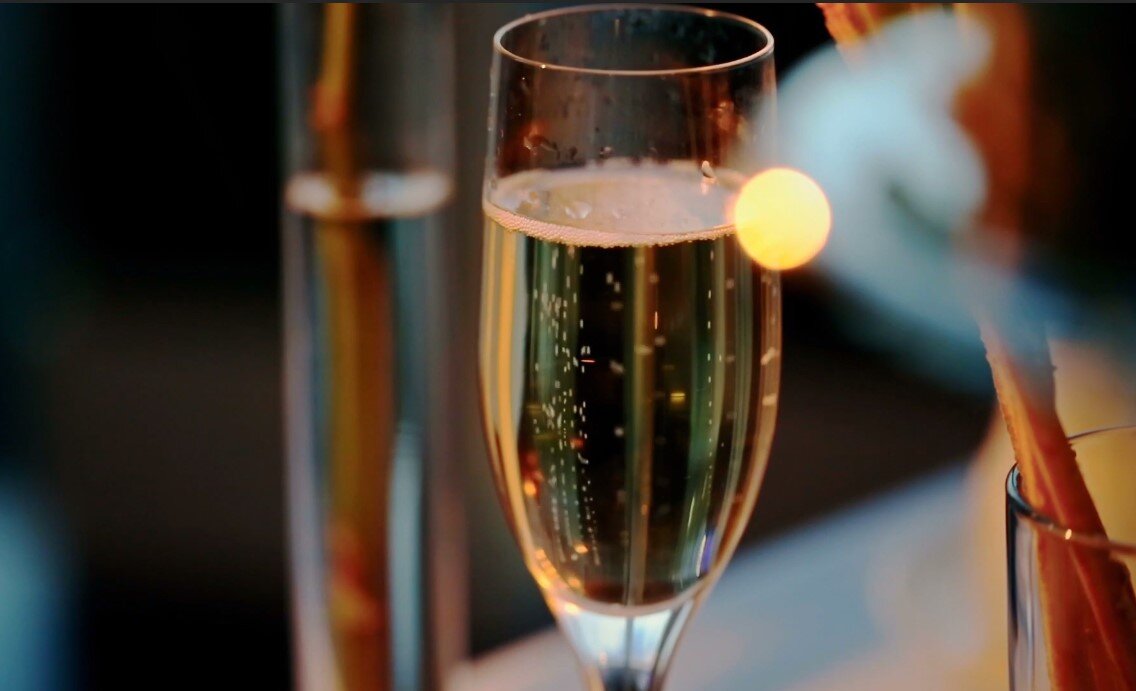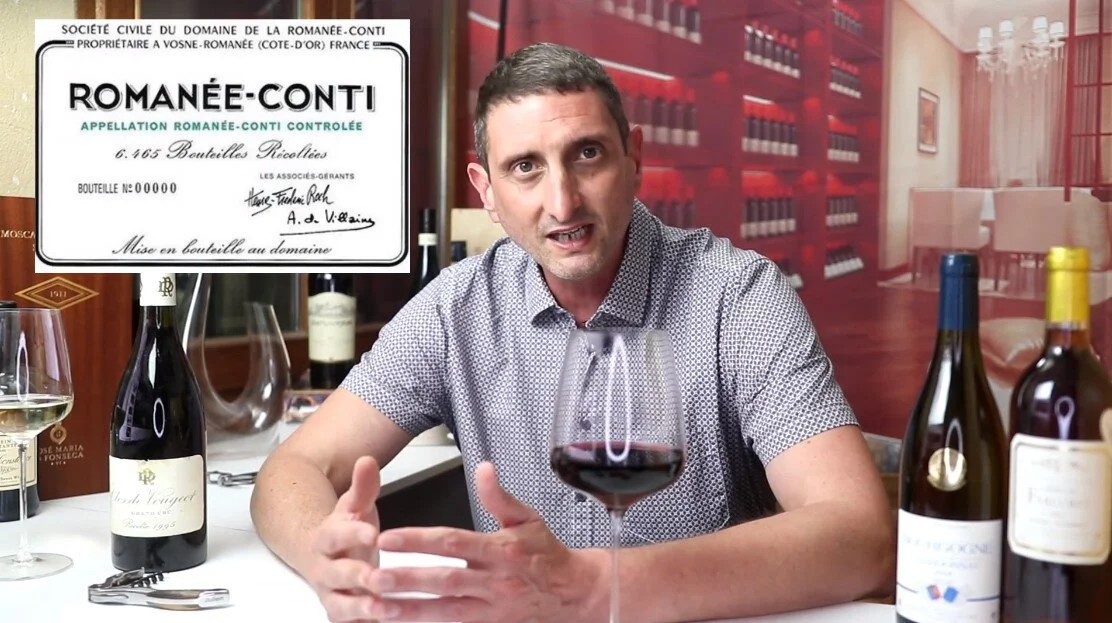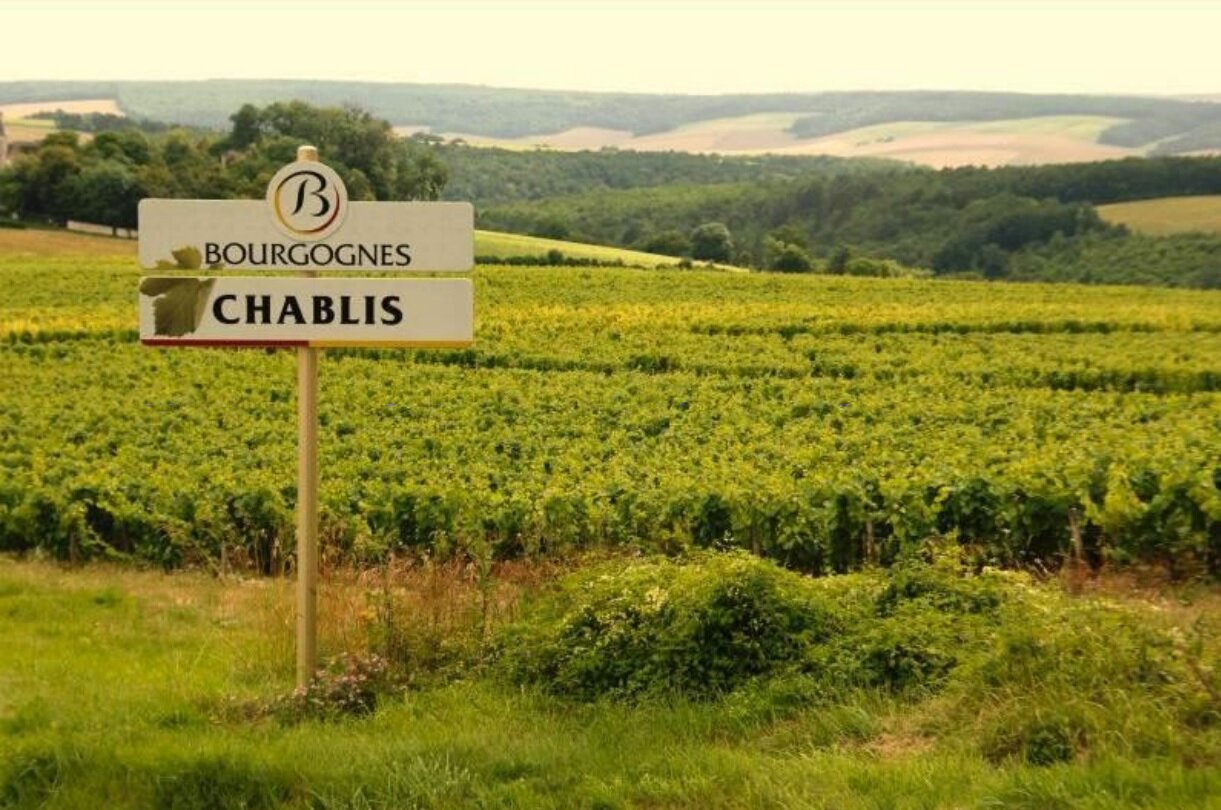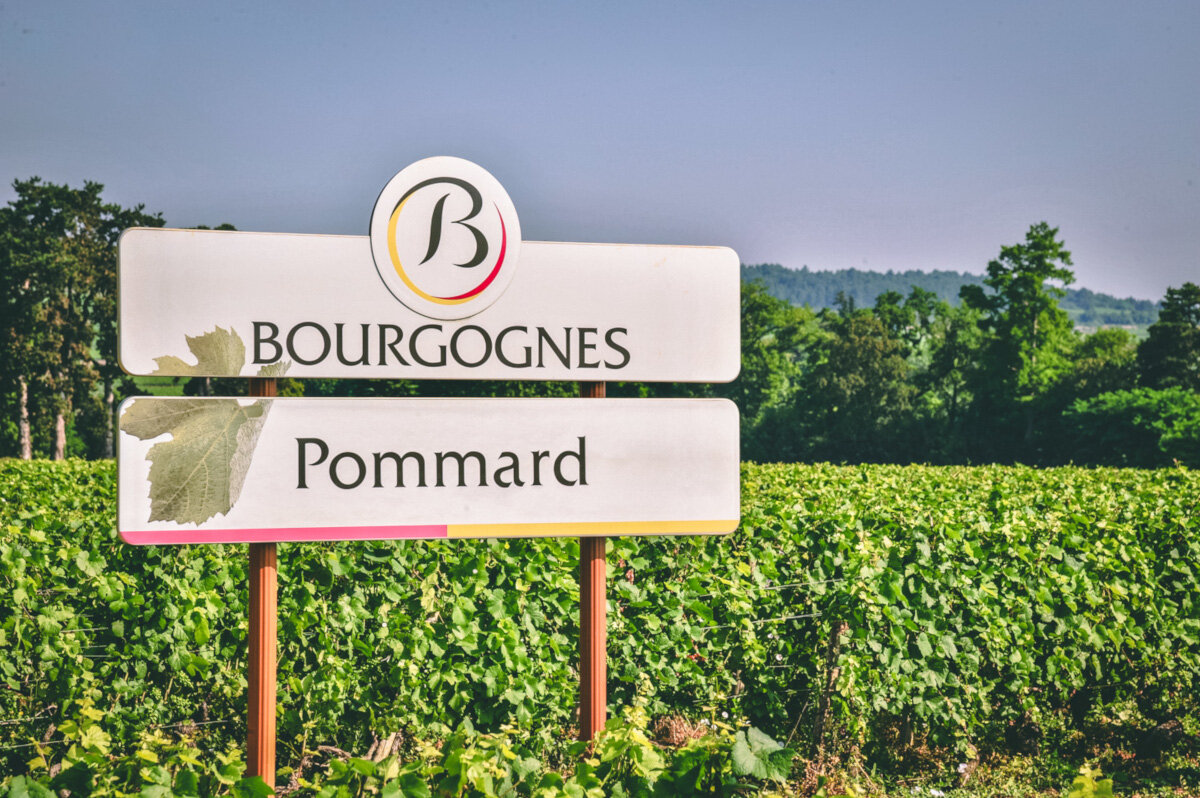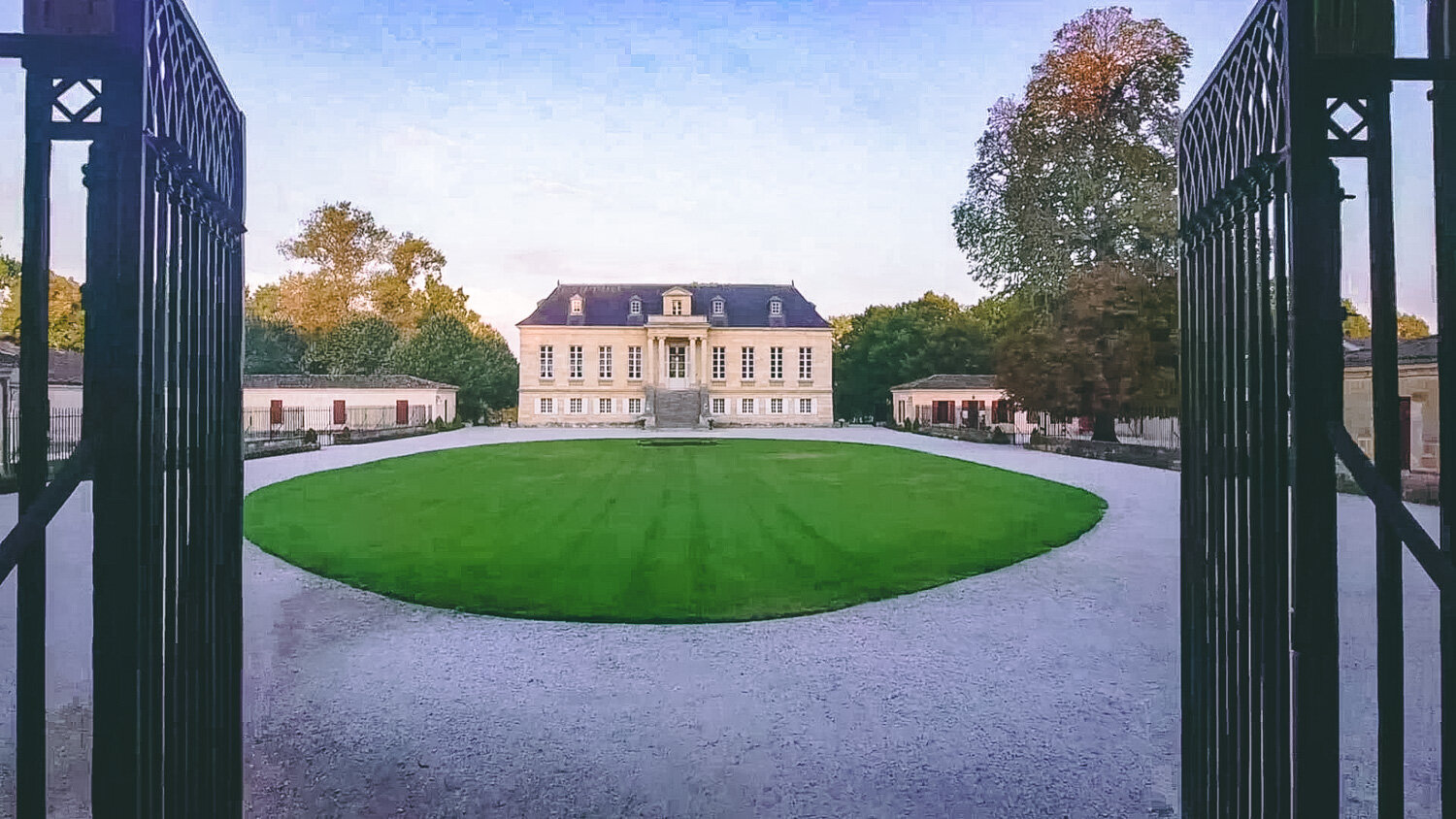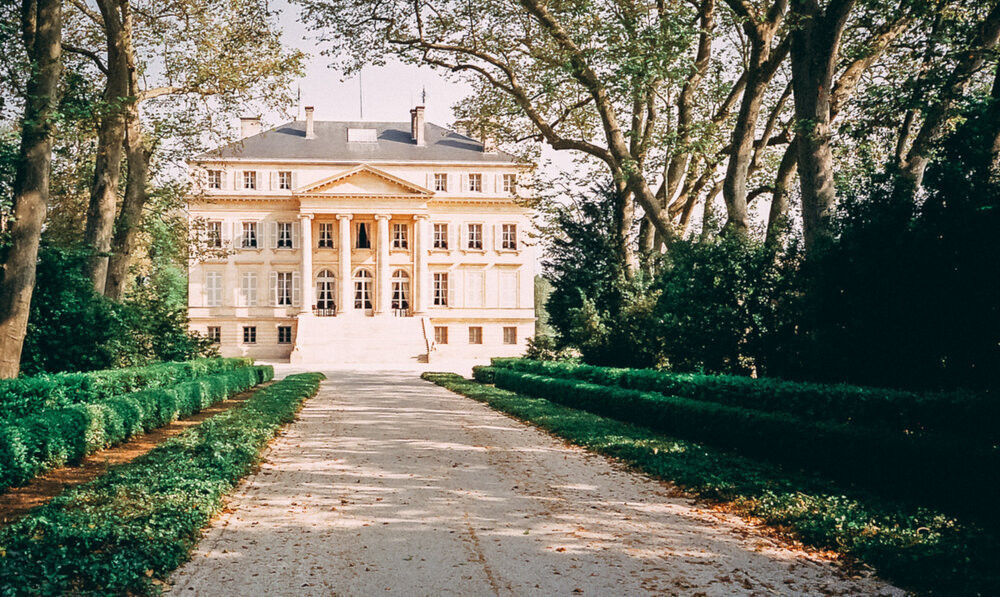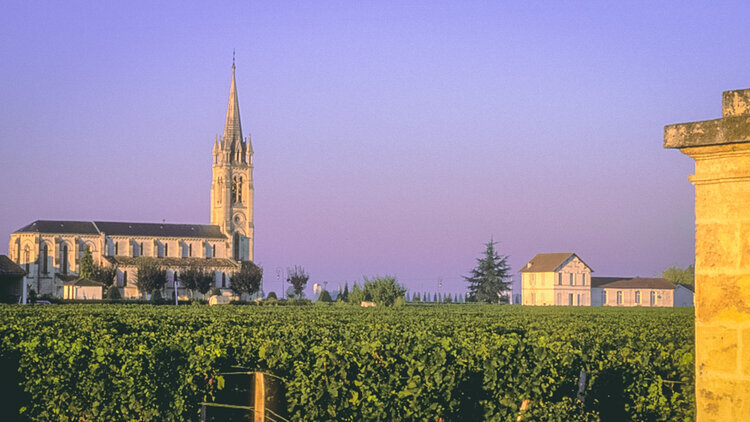Julien Miquel
Chief Wine Officer, Alti Wine Exchange
This is part 3 of a 6-part article series where we look at everything you need to know about the wines from Burgundy.
We’re getting into the granulous details today, into the nitty-gritty of what makes Burgundy wine so special.
Let’s focus on the top white wines from Burgundy, which are all Chardonnay and among the most reputable whites in the world, looking at how they are different from one another.
If you like fine wine, you’ve probably heard about Chablis, Meursault, Chassagne-Montrachet and Puligny-Montrachet. But do you know how they practically differ?
Learn About the Top Burgundy White Wines in Video
The rich & nutty style of Meursault
Meursault is the largest appellation for white wines of the Cote d’Or part of Burgundy by quite a margin. It’s much bigger than Chassagne and Puligny Montrachet. Virtually all wines are white in Meursault.
There is no Grand Crus in Meursault, somewhat surprisingly. There is only Premier Crus here, 17 of them. Each have their own designation and name that features on wine labels, like is usual in Burgundy.
Three of these Premiers Crus sit above the others as the most reputable ones. Those are Les Perrières, Les Genevrières, and Les Charmes. These vineyards that are by the border with the Puligny appellation. They produce without a doubt some of the region’s greatest whites.
Perrières is generally considered as making wines of Grand Cru quality, a reputation that is often reflected in its price too.
Meursault is THE very classic style when it comes to Burgundy whites, as the terroirs around the village of Meursault are rather unique.
Meursault is the most opulent style of Burgundy Chardonnay.
Wines are generally nutty and rich, round, and generous with hints of honey, some butter, vanilla, and spices from the oak. You may even get some notes of ripe tropical fruits in warmer vintages.
Of course, we are nowhere near the richness and butteriness of warmer climates in the New World like in California Chardonnay. Burgundy is one of the very coolest wine regions in France and the world after all. You would have to look at Champagne to find Chardonnay grown in any cooler climate.
So, Meursault wines are still vibrant and zingy, but they are the ones in Burgundy that are more on the generous rich and oily style.
The floral, stylish & steely Puligny-Montrachet
When it comes to white wines from Burgundy, Puligny-Montrachet is often the most obviously highly regarded village, with a reputation based around its four Grand Crus.
The Grand Cru called simply Montrachet is by many considered to be the greatest wine in the world.
Take the Montrachet wine made by one of the top producers in Burgundy like Romanée-Conti, and you will inevitably get one of the most thought-after and expensive white wines on the planet, for sure.
The famous Chevalier-Montrachet Grand Cru is perhaps not as deep and profound as Montrachet, and a little more generous. Yet, it is often quoted as the second best.
The other two grand crus, Bâtard-Montrachet and Bienvenues-Bâtard-Montrachet, can be equally as good, depending on the producer and vintage. Bâtard is more richly textured than Bienvenues. The latter being more about finesse.
Puligny also counts with a wealth of outstanding Premier Cru vineyards that can reach Grand Cru quality and price. Le Cailleret and Les Pucelles in particular, as they both lie just across the road from the site of Le Montrachet.
Overall, Puligny wines are often considered to be the finest whites in the Côte d’Or. They are described as having the most finesse and elegance, the balance, the minerality, the floral elegance, the stylish concentration.
Mineral, yet just generous enough, Puligny wines have this as-close-to-perfect balance as you can get, hence them being very highly praised and priced.
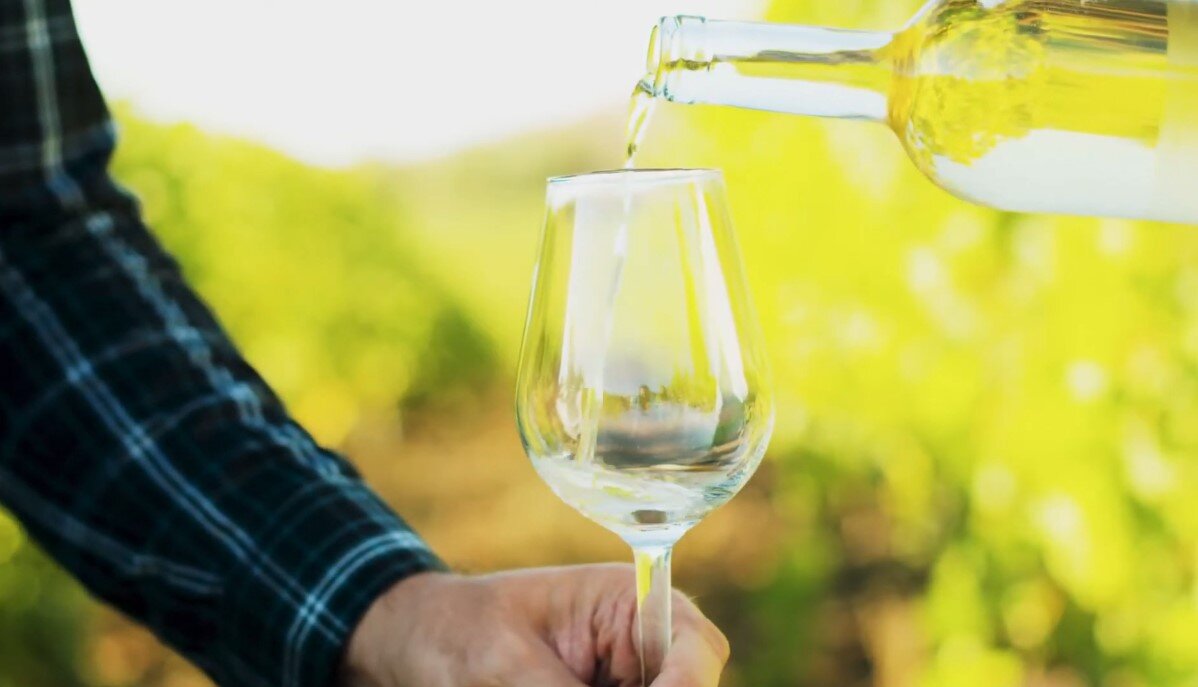

Complex & mineral Chassagne-Montrachet
While Puligny, the village and appellation, sits just South of Meursault, Chassagne-Montrachet lies just South of Puligny. They are three neighbor villages, with Puligny between the other two.
Yet, when it comes to style, Chassagne is considered somewhat an intermediary Meursault and Puligny.
In fact, the absolute best Grands Crus for whites in Burgundy are in this very spot where Puligny and Chassagne meet. The two villages in fact share two Grand Crus, Le Montrachet and Bâtard- Montrachet which lie across both sides of the border.
The third Grand Cru of Chassagne, which is exclusive to this appellation, is called Criots-Bâtard-Montrachet. Entirely on the Chassagne side, it is altogether fragrant, exceptionally fine, and rare.
Chassagne’s Premier Crus are often less highly regarded as the ones from Meursault and Puligny, perhaps because of a less clean-cut, less understood style. But of course, they are still a great source of outstanding wines.
Chassagne’s Chardonnay wine style is often defined as lying between Puligny and Meursault because it is perhaps not quite as fine than Puligny but less rich than a Meursault.
More mineral and restrained than Meursault, yet not as elegant and profound as Puligny.
Mineral, yet succulent. Some find Chassagne is the best of both worlds. Others prefer the Meursault or Puligny style.


Whites from the hill of Corton – Corton-Charlemagne
A little north from the three neighbor villages we have talked about, lies one of the most recognizable features in Burgundy wine country. This is the hill of Corton, famous for its remarkable red wines.
But the hill also hosts a Grand Cru appellation for whites, called Corton-Charlemagne.
Corton’s whites are also among the most reputable white wines in Burgundy. If you take the Charlemagne made by one of Burgundy’s top producers like Leroy, you will also get a recipe for one of the most expensive wines in the world.
Corton-Charlemagne style is perhaps a little harder to define. Most find both a powerful minerality combined with a concentrated and fruity richness that can go as far as featuring notes of figs and baked pears.
Power and minerality pull at both end of the tasting spectrum thanks to a rare concentration. When those qualities work together harmoniously in a great vintage, it is the recipe for a truly outstanding white wine.
Finally, let’s talk about Chablis.
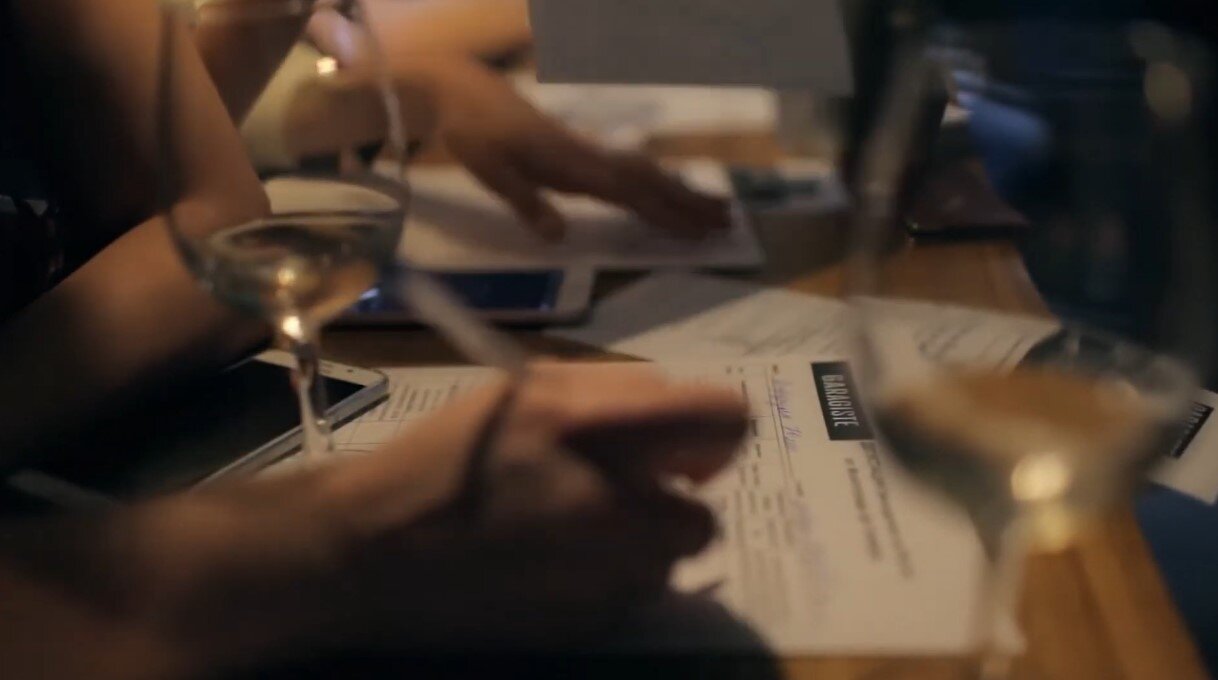

Chablis, a Burgundy jewel in its own universe
We have all heard about Chablis. For one, this is because it is a large appellation, covering 23% of all Burgundy vineyards. It is more than ten times bigger than Meursault!
But Chablis is rather far away from the rest of Burgundy. It is its own little (or big) island of vineyards that is closer to the Southern end of Champagne than to the heart of Burgundy wine country.
The soil here is different from the rest of Burgundy, but so is the climate because its location further North. Yes, Chablis is cooler.
Combined with the local soil type, the terroir here makes for wines that are famously among the most mineral, crisp, and precise in the Chardonnay world. Chablis producers also make a more conservative use of oak, retaining the citrusy sharpness, the tension, the subtle aromatic elegance of the wines.
Chablis wines are zingy and a pure expression of their limestone Kimmeridgian terroir (the rare type of specific limestone soil found in Chablis).
Here you will find four classification levels from Petit Chablis, Chablis Village, Premier Cru and Grand Cru, all with a remarkable consistency of quality and style.
This is this consistency in the quality level which has made the reputation of Chablis. There are a lot of Chablis, but they are virtually always good at any level of the hierarchy. This explains why everyone knows about Chablis around the world.
Chablis is a big viticultural area with a complex and diverse topography and varied vineyard exposures.
The wine styles can vary significantly from location to location, but always within this mineral and precise frame. These small local variations are fascinating to explore for the curious wine connoisseur.
All the seven Grand Crus of Chablis are stacked up in one single South-West facing slope above the village. They are some of the finest whites in Burgundy, for their unique mineral expression of Chardonnay grown on limestone, with no artifacts.
The wines are a little less rare than in the Cote d’Or. Consequently, they do not often reach the very high-end of the pricing spectrum with perhaps the exception of Les Clos, the most reputable of all seven Grand Cru Climats of Chablis.
Learn more about the Wine Classification System of Burgundy
Follow Julien’s accounts on Facebook, Twitter and Instagram. Check out also his award-winning blog, Social Vignerons.

